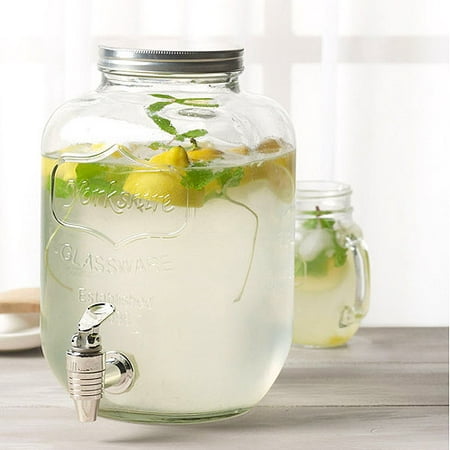Raving_Elk
Active Member
Hi all,
A buddy of mine is expecting his first child this summer. Obviously, this calls for the creation of a celebratory beer.
I have read about some people brewing a beer at around the time the child is born, put it away in a cellar and have it age along with the little one. (https://www.homebrewtalk.com/showthread.php?t=475480) He liked the idea very much. Off course we will taste the beer every year around the birthday of the child, and make sure some bottles are left when the son or daughter is at appropriate drinking age.
So this is where I want to tap into your collective wisdom. What is your experience with aging beers for more than a decade? Which beers (homebrew or commercial) tend to age best? Any other tips on recipe, process, bottling or storing conditions?
I have read some threads and articles on the topic, and from my own experience I know some types withstand the test of time better than others. But still most beers would probably reach their peak well before 18 years of aging.
Some ideas we came up with are the big, dark and malty types such as a Belgian dubbel or quadruple, Weizen Doppelbock (e.g. Weihenstephaner Vitus) or a big imperial stout.
Another idea is to go for sour or brett beer, but other than the occasional accidental infection I have no experience with these. Maybe a Flanders red (Rodenbach Grand Cru)?
Any other thoughts and tips?
A buddy of mine is expecting his first child this summer. Obviously, this calls for the creation of a celebratory beer.

I have read about some people brewing a beer at around the time the child is born, put it away in a cellar and have it age along with the little one. (https://www.homebrewtalk.com/showthread.php?t=475480) He liked the idea very much. Off course we will taste the beer every year around the birthday of the child, and make sure some bottles are left when the son or daughter is at appropriate drinking age.
So this is where I want to tap into your collective wisdom. What is your experience with aging beers for more than a decade? Which beers (homebrew or commercial) tend to age best? Any other tips on recipe, process, bottling or storing conditions?
I have read some threads and articles on the topic, and from my own experience I know some types withstand the test of time better than others. But still most beers would probably reach their peak well before 18 years of aging.
Some ideas we came up with are the big, dark and malty types such as a Belgian dubbel or quadruple, Weizen Doppelbock (e.g. Weihenstephaner Vitus) or a big imperial stout.
Another idea is to go for sour or brett beer, but other than the occasional accidental infection I have no experience with these. Maybe a Flanders red (Rodenbach Grand Cru)?
Any other thoughts and tips?





























![Craft A Brew - Safale S-04 Dry Yeast - Fermentis - English Ale Dry Yeast - For English and American Ales and Hard Apple Ciders - Ingredients for Home Brewing - Beer Making Supplies - [1 Pack]](https://m.media-amazon.com/images/I/41fVGNh6JfL._SL500_.jpg)





























